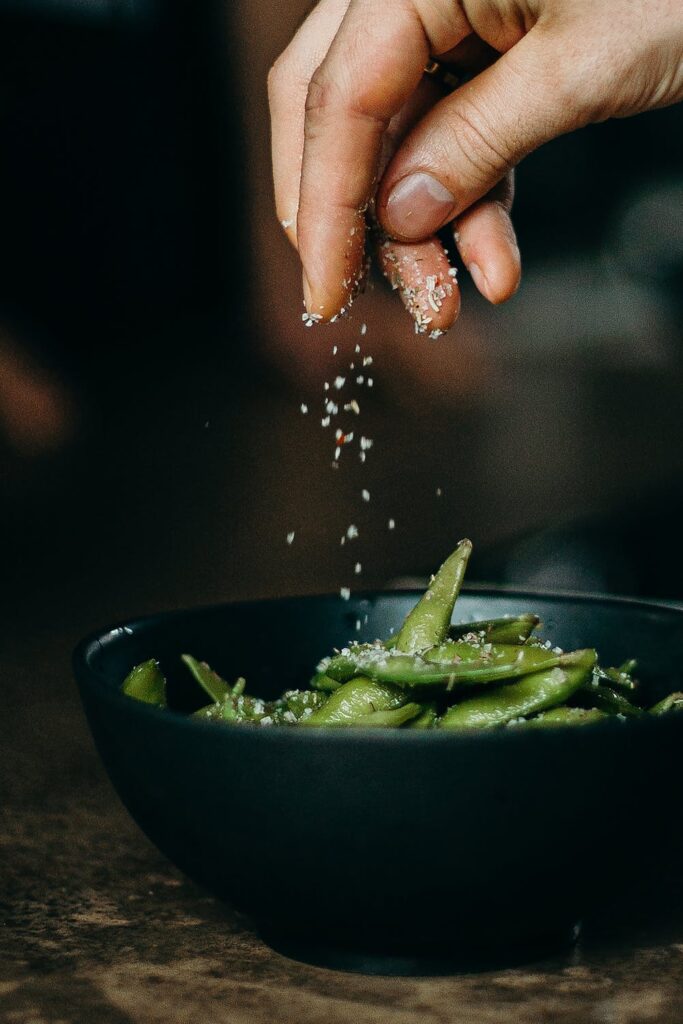When it comes to cooking, the term “beat” might sound like something you do with a drumstick, but it’s actually an essential technique in the culinary world. Beating in cooking means vigorously mixing ingredients together to achieve a specific consistency or texture. This seemingly simple action can transform ordinary ingredients into extraordinary dishes.
- Picture this: You’re making a batch of pancakes on a lazy Sunday morning. You crack a few eggs into a bowl, add some flour, and maybe a dash of milk. Now, it’s time to beat those ingredients together. You grab your trusty whisk, and with each stroke, you’re not just mixing; you’re introducing air into the batter.
Why Beating Matters
Beating plays a crucial role in many recipes, from fluffy scrambled eggs to airy whipped cream. It incorporates air into the mixture, resulting in lighter and more delicate dishes. The level of beating can make or break your recipe.
Beating Techniques
- Whisk It Good: Whisks are your best friend when it comes to beating. They have wires that efficiently incorporate air into your mixtures. Whether you’re making pancakes or cake batter, a whisk can do wonders;
- The Power of a Fork: In a pinch, a fork can serve as a decent beater. It might require a bit more elbow grease, but it gets the job done. Just be sure to maintain a steady, brisk pace;
- Electric Mixers: For large quantities or tougher batters, electric mixers with beaters or whisks are unbeatable. They save time and effort, leaving you with perfectly beaten ingredients.
Overbeating vs. Underbeating
Overbeating can lead to tough or dense results, as it can break down the structure of certain ingredients. On the flip side, underbeating might leave your dish flat and lacking the desired texture. Finding the right balance is key.
Common Uses of Beating
- Eggs: Beating eggs creates a uniform mixture, perfect for omelets or scrambled eggs;
- Batters: Whether it’s for pancakes, muffins, or cakes, beating helps incorporate air and ensures a light, fluffy texture;
- Cream: Whipping cream requires gentle beating to achieve a delightful, airy consistency.
Conclusion
In the world of cooking, understanding the definition of beat is essential. It’s the secret behind achieving the perfect texture and consistency in many dishes. So, the next time a recipe calls for it, don’t be afraid to give it a good beat – your taste buds will thank you.
